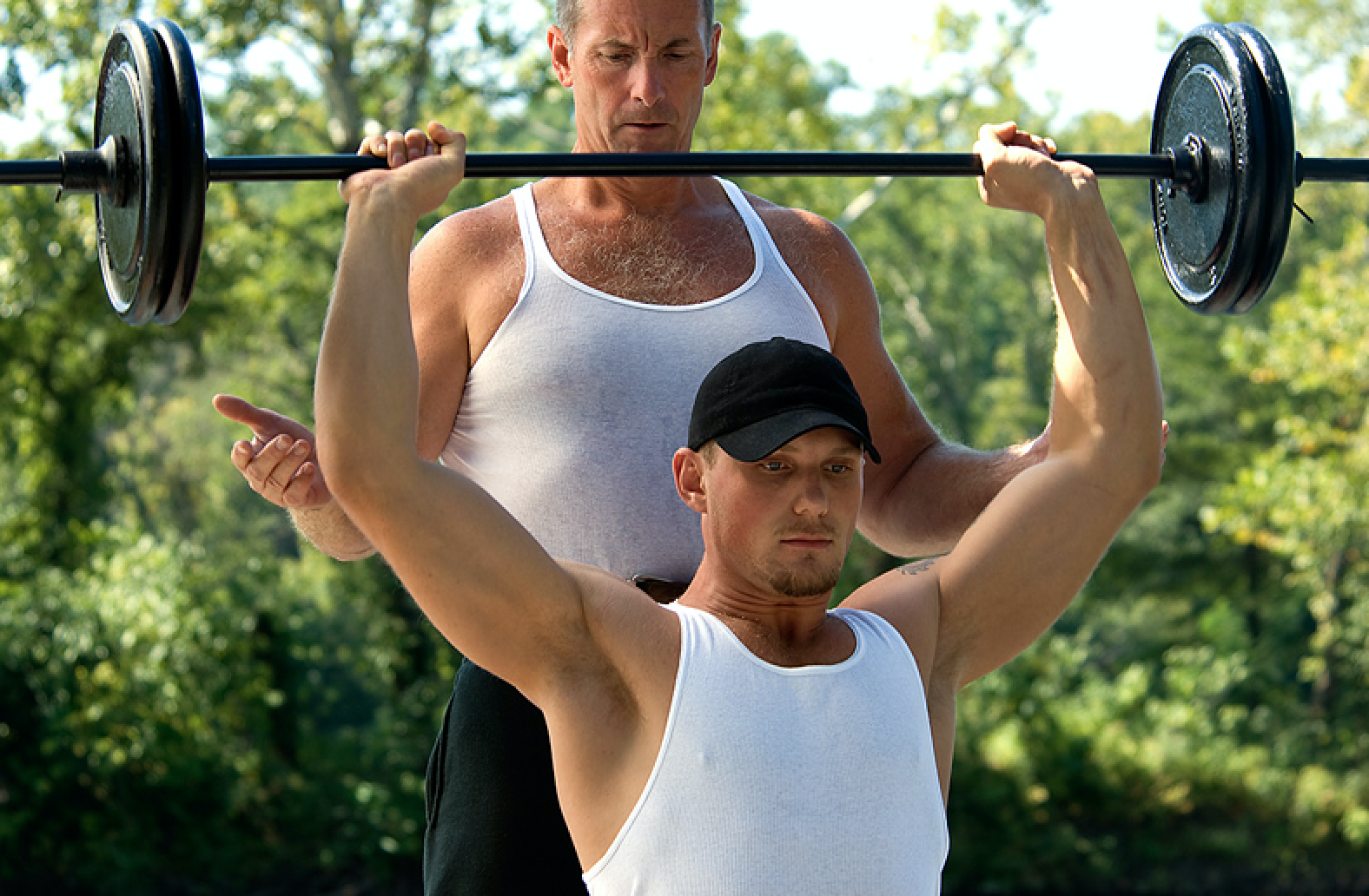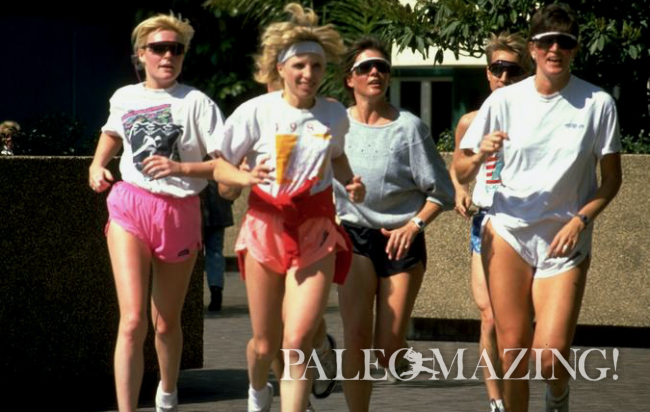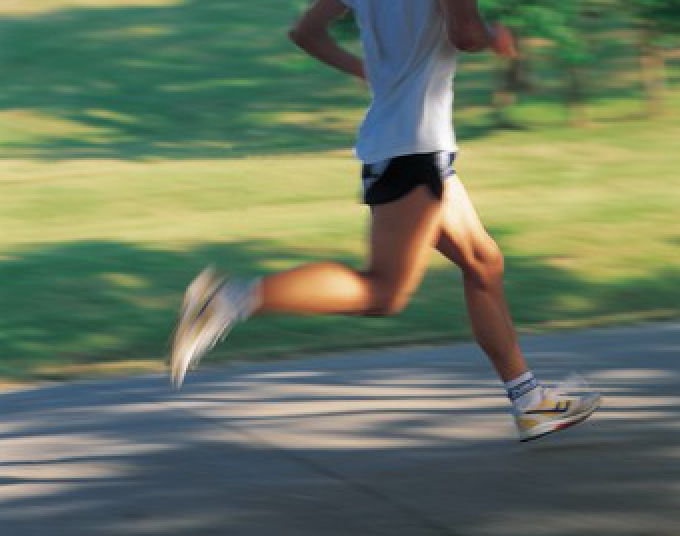Leading a healthy, active lifestyle is its own reward. Yet, as with anything in life, and especially as you approach that over-50-years-of-age mark, your healthy lifestyle can be improved upon and upgraded to ensure long-term health, performance, and vibrancy. Enter, the Paleo diet.
The concept of primal nutrition has been around for a while, and over the years, athletes around the world have begun to understand the profound benefits this diet approach can have for their performance and general well-being. With that in mind, let’s break down the concept and give you the information you need to a quick guide to the paleo diet for athletes.
Firstly, what is Paleo and why should you care?
In a nutshell, the Paleo diet allows you to eat everything our (very) ancient ancestors ate, which is meat, fish, fruits, and vegetables, while eliminating dairy products, sugars, processed foods, and grains from your diet as these are considered to be non-optimal foods for the human body. But wait, how are you supposed to not eat 300+ grams of carbs a day and expect to perform at your best?
The human body is extremely good at adapting to any fuel source you give it, which is why low carb diets have had so much success in recent decades with health gurus and athletes. What’s more, by sticking to clean protein sources, supplementing adequately, and basing your diet on vegetables, you can induce some truly profound health, weight loss, and performance benefits. Benefits of the Paleo diet
No matter if you’re a young athlete trying to beat your strength max in the gym, or if you’re reaching menopause and looking for a great anti-aging diet to help you retain your youth and vigor, the Paleo diet can be the solution you were searching for. In fact, the Paleo approach can improve health markers for all age groups, especially ladies over 40 years of age.
The Paleo diet will allow you to eliminate fatigue, preserve a healthy gut, and recover faster between workouts by improving your general health, while the high protein intake will ensure you reach your muscle-building goals. However, there is a need to keep track of your micronutrient intake, and supplement accordingly.

Micronutrient requirements must be met
There is no denying that the Paleo diet will get you your daily dose of macronutrients (proteins, fats, and carbs), but athletes who put stress on their bodies through daily physical exercise should also monitor their vitamins and minerals, and perhaps even tweak the traditional Paleo concept to better suit their lifestyle.
The key here is to eat plenty of micronutrient-rich foods, particularly containing magnesium, as this mineral is essential for total-body recovery and health. However, due to the unique bioavailability of certain vitamins and minerals, Paleo athletes should also complement their diets with quality magnesium supplements and other vital minerals such as calcium, zinc, and selenium. Remember that, as an athlete, your body not only needs more calories, but your micronutrient demands are higher than in sedentary individuals as well.
Maximizing effectiveness with approved carbs
There is no denying the role carbohydrates play in boosting and maintaining energy levels prior, during, and after a workout, but that doesn’t mean that you should indulge in grains and starchy carb sources just to get your energy up. Vegetables, fruits, nuts and seeds can give you all the energy you need, but without adding unnecessary calories to your diet plan and increasing your weight in the process.
While protein intake is crucial for building and preserving muscle mass, you cannot hope to perform at your best without quality carbs, or fats if you’re on a low-carb or ketogenic diet. This is why you want to boost the intake of veggies, fruits, as well as nuts and seeds to get your dose of macronutrients and micronutrients, all the while using these sources as fuel your body can use to push through the toughest of workouts.
In conclusion
The Paleo diet is as close to a healthy, balanced eating regime that a modern-day human being, especially an athlete, can get. In fact, by eliminating non-optimal foods such as dairy, sugars, processed foods, and grains from your diet, you can effectively boost your mental and physical health, and in turn, take your fitness game to the next level.
About the Author
Luke is a fitness and health blogger at Ripped.me and a great fan of the gym and a healthy diet. He follows the trends in fitness, gym and healthy life and loves to share his knowledge through useful and informative articles.
facebook.com/profile.php?id=100015143056445
twitter.com/mrlukeidouglas
If you have any questions or suggestions, email me at Info (at) TinaTurbin (dot) com




